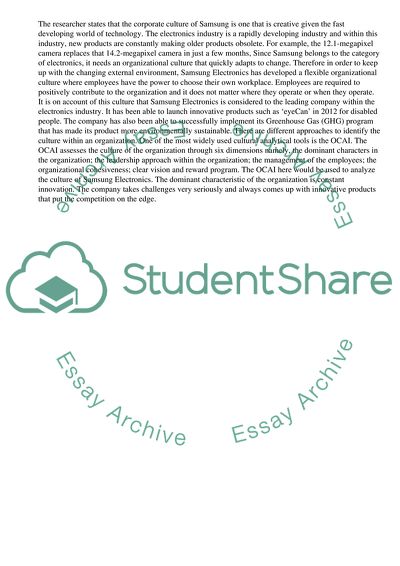Cite this document
(“Tech Organizational Development and Management of Samsung Research Paper”, n.d.)
Tech Organizational Development and Management of Samsung Research Paper. Retrieved from https://studentshare.org/management/1617787-organization-development-and-management-of-samsung
Tech Organizational Development and Management of Samsung Research Paper. Retrieved from https://studentshare.org/management/1617787-organization-development-and-management-of-samsung
(Tech Organizational Development and Management of Samsung Research Paper)
Tech Organizational Development and Management of Samsung Research Paper. https://studentshare.org/management/1617787-organization-development-and-management-of-samsung.
Tech Organizational Development and Management of Samsung Research Paper. https://studentshare.org/management/1617787-organization-development-and-management-of-samsung.
“Tech Organizational Development and Management of Samsung Research Paper”, n.d. https://studentshare.org/management/1617787-organization-development-and-management-of-samsung.


